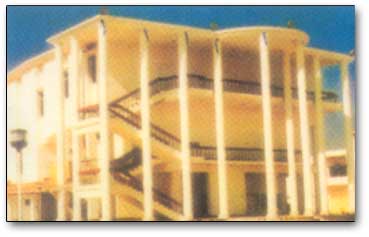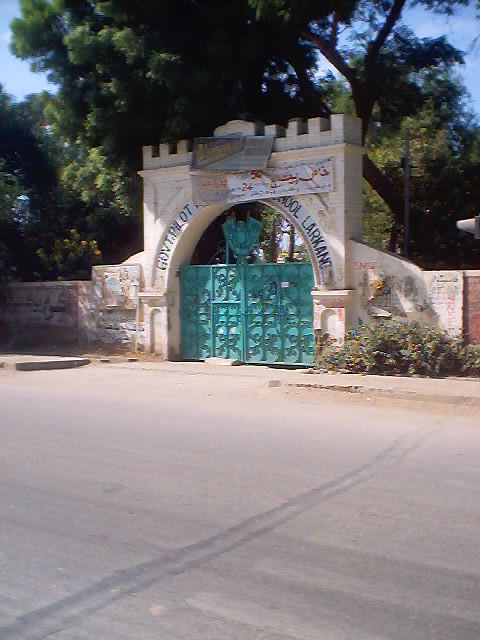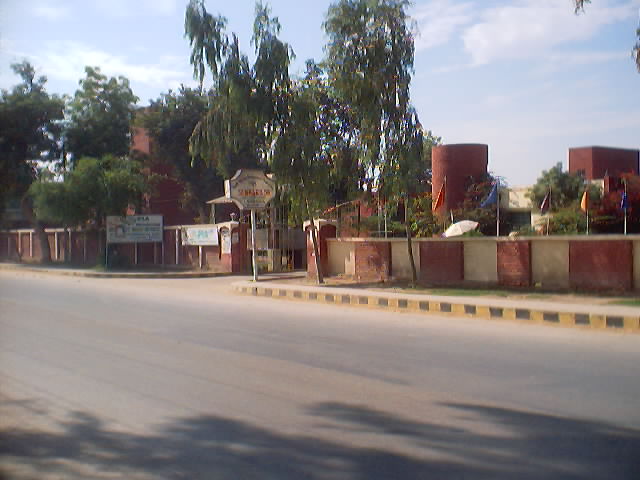1941 0.028 millions
1981 0.124 millions
1998 0.519 millions
 Larkana District Court
Larkana District Court
|
Sukarno Tower |
'Hujaee nano ta ghum Larkano' if you have the money, then visit Larkana. That's one of the most popular sayings by which Larkana has been fampus right from its existence. Known to be a poetic city with a romantic aura in the air, Larkana projected a loving feeling despite the fact that it lacked the beauty or precision seen in Shikarpur or Karachi. Larkana has been famous for the Guawa fruit production. But above and all these descriptions, Larkana derives its historical importance from the fact that it is the actual cradle in Sindh to the mother of all civilisations, namely 'Moen-jo-Daro' or the mound of the Dead, which is located in the vicinity of Larkana. Larkana was founded about 300y ago by a a tribe of Sindh called "Laraks" on the banks of the Ghaad Waah, which was dug at the behest of the kalhora rulers, it had fruit and flower garden along it and in time settlers lile the sailors from 'Laar' came and settled down here which got the place christened Larkana. |
|
1901
0.015 millions
1941 0.028 millions 1981 0.124 millions 1998 0.519 millions |
 Larkana District Court
Larkana District Court
|
|
Shahdadkot
0.0672 millions
Kambar 0.0673 millions Rato Dero 0.0456 millions Badah 0.0375 millions Nauo Dero 0.0316 millions Nasirabad 0.0271 millions Warah 0.0183 millions Dokri 0.0182 millions Miro Khan 0.0102 millions Geralo 0.0067 millions |
 Girls College, Larkana
Girls College, Larkana
|
|
Roads and
Streets:
Roads/streets (width more than 25 ft) = 66 miles Roads/streets (width less than 25 ft) = 275 miles Cinema Houses Al-Manzar, Empire, Nigar and Chelopetra Public Parks Jinnah Bagh, Zulfiquar Bagh, Shahnawaz Childrens Park, New Railway Park 1 & 2, Nawa Tak Park, Kamal Atta Turk Park and Tank Chowk Park |
 Chandka Medical College, Larkana
Chandka Medical College, Larkana
|
|
 Shahnawaz library, Larkana
Shahnawaz library, Larkana
|



